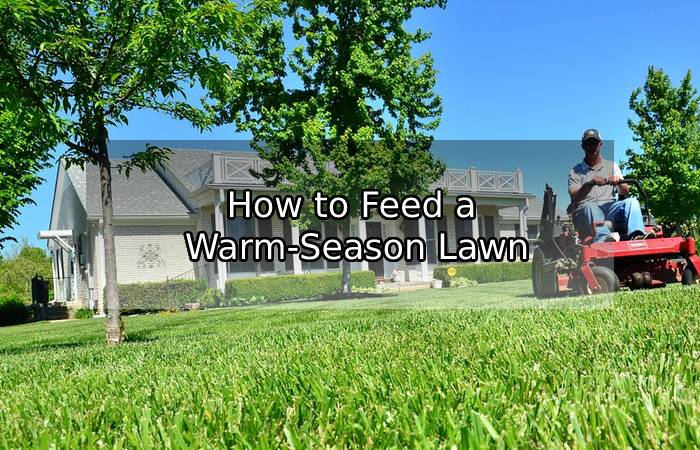
Warm-season lawns such as those made of Bermuda grass, zoysia grass or St. Augustine grass need to be fed with nitrogen fertilizer on a regular basis to stay green, healthy and problem-free.
Steps:
- Calculate your lawn’s general square footage to determine the correct amount of fertilizer to buy and the proper rate of application.
- Identify the type of grass you have and how much fertilizer needs to be applied.
- Decide which type of fertilizer ‘ granular or liquid, fast-acting or slow-release, organic or non-organic ‘ is best for your lawn. Granular fertilizers with a mixture of fast and slow-acting nitrogen usually are best.
- Adjust the setting on a push-type drop spreader (the fertilizer falls straight out of the bottom).
- Fill the spreader with fertilizer. Do this on a hard surface like a driveway or path so you can easily clean up spills.
- Make a pass around the outside of the lawn with the spreader, pulling the handle to release the fertilizer. Let go of the handle when you stop. Walk at a normal speed.
- Apply fertilizer to the rest of the lawn by pushing the spreader back and forth between the edges. Overlap the wheel tracks of the spreader as you make your passes.
- Close the spreader, turn, then reopen where the vertical strips meet the horizontal strips for best coverage.
- Water the lawn thoroughly after fertilizing.
Tips:
- Instructions on packages of lawn fertilizer will include information on timing and amount to apply as well as the proper setting for your drop spreader.
- Fertilize warm-season lawns every six to eight weeks from late spring to early fall. Fertilizing later or earlier may harm your lawn or waste fertilizer.
- Handheld or push-type broadcast spreaders (the fertilizer is sprayed over a wider area) can be used on large lawns, but are harder to use properly.
- Fertilize less if you are not looking for that “perfect lawn” and don’t mind a few weeds.
- If you spill fertilizer on the lawn, clean up what you can, then water the spill area heavily.
- If you live in an area with alkaline soil, using a fertilizer that contains extra iron will help keep your lawn green.
- Look for loss of color (yellowing or light green as opposed to a healthy, darker green) and loss of vitality as signs that your lawn may need a boost
Warnings:
- Over-fertilizing can burn the lawn and make it susceptible to insects and diseases. It can also pollute water supplies.
- Under-fertilizing will encourage weeds and decrease the attractiveness of your lawn.
- Never fertilize a dry lawn or fertilize during hot weather.
- If fertilizer gets on paths or driveway, sweep it up. Don’t wash it into gutters where it will contribute to pollution.
- Walkways may become stained by some fertilizers. Sweep them clean while still dry.
- “Weed and Feed” products are used differently from just plain fertilizers. Follow instructions carefully.
- Wear gloves to keep skin from coming in contact with fertilizer.
- Avoid breathing fertilizer dust.
